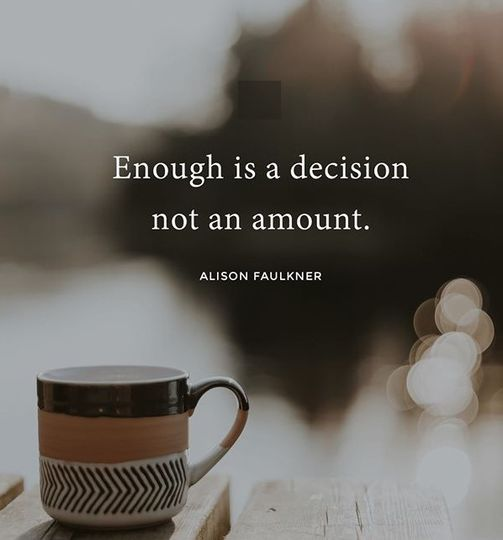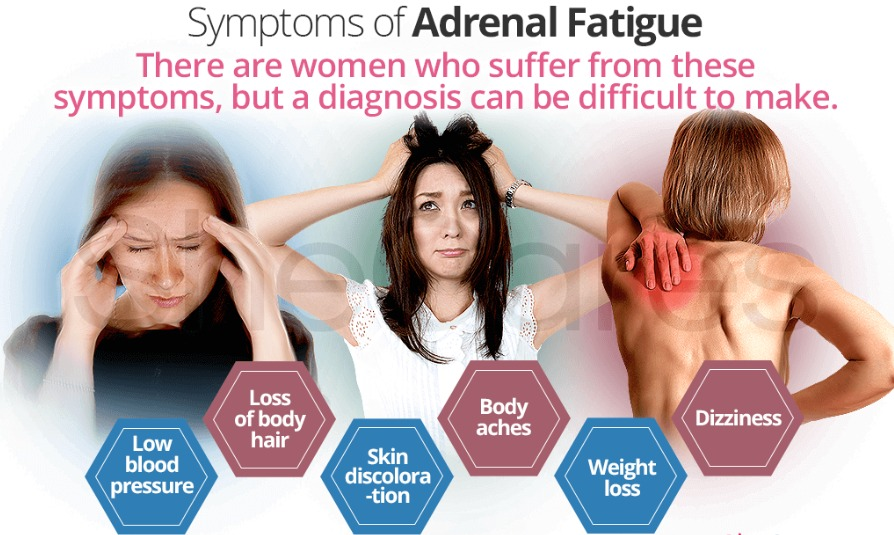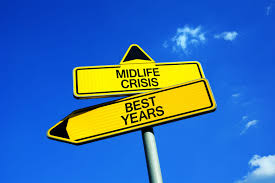Adult development is a complex process of psychological and emotional growth that spans across various stages of life. Several models describe these stages, each focusing on different aspects of development, such as cognitive, emotional, and social growth. Here are some key theories and stages of adult development:
1. Erik Erikson’s Stages of Psychosocial Development
Erikson proposed that human development extends beyond childhood and adolescence into adulthood, with three stages focused on adulthood:
– Young Adulthood (20s to early 40s): The primary conflict is Intimacy vs. Isolation, where individuals seek to form close relationships or risk feeling isolated.
– Middle Adulthood (40s to 60s): This stage centers on Generativity vs. Stagnation, where adults focus on contributing to society and helping guide the next generation. Those who fail to find meaning in their work or family life may feel stagnant.
– Late Adulthood (60s and beyond): The focus is on Integrity vs. Despair. In this stage, individuals reflect on their lives, leading to a sense of fulfillment or regret.
2. Levinson’s Seasons of Life
Psychologist Daniel Levinson’s theory outlines stages that occur in specific age ranges, with transitions between them being key to growth.
– Early Adult Transition (17–22): Moving from adolescence into adulthood, establishing independence.
– Entering the Adult World (22–28): Exploring career paths, relationships, and developing a stable adult identity.
– Age 30 Transition (28–33): Re-evaluating life choices made in earlier adulthood and making adjustments.
– Mid-Life Transition (40–45): A period of self-reflection, often involving changes in career, relationships, or personal goals.
– Late Adulthood (60+): Similar to Erikson’s stage of integrity, focusing on reviewing one’s accomplishments and legacy.
3. Kegan’s Theory of Adult Development
Robert Kegan describes development as a process of evolving ways of making meaning through different stages of consciousness:
– Incorporative Stage: Basic survival instincts in early infancy.
– Impulsive Stage: Ego-centric behavior in childhood.
– Imperial Stage: Seeking independence, personal gain, and recognition, usually in adolescence and young adulthood.
– Interpersonal Stage: Balancing relationships and self-needs, often seen in adulthood.
– Institutional Stage: Establishing a personal identity based on values and goals, typically midlife.
– Interindividual Stage: Understanding complexity, multiple perspectives, and interdependence, often seen in late adulthood.
Conclusion
Adult development encompasses physical, emotional, and cognitive growth over the course of adulthood. It involves stages of self-reflection, career advancement, relationship development, and personal growth, with various models highlighting different aspects of this complex process.










